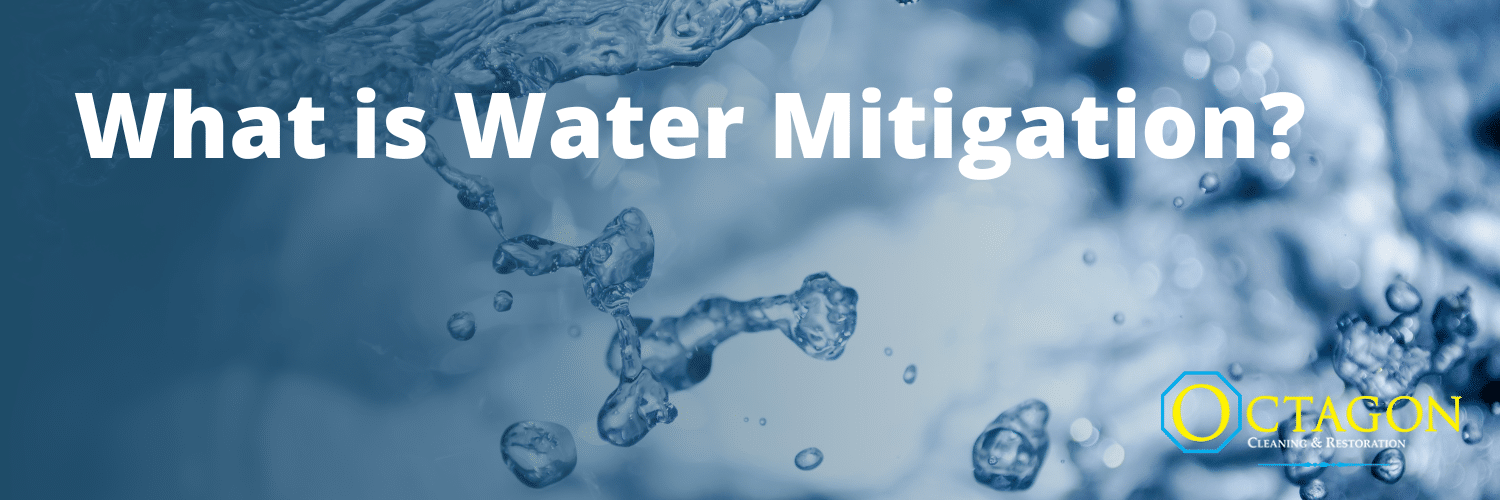
For homeowners and business owners impacted by water damage, water mitigation services help to minimize the harmful consequences caused by water intrusion on properties. The unwanted water intrusion into a home, building, or structure may occur due to natural causes or man-made factors. Still, the overall results are the same—more often than not, water intrusion causes serious damage and poses risks to the house and occupants. Risks such as mold growth and structural damage to walls, floors, ceilings, household contents, and furnishings are common.
What does water mitigation involve?
Water mitigation involves minimizing or preventing the damage caused by water intrusion into a property. This typically includes assessing the extent of damage, removing water, drying and dehumidifying the affected area, cleaning and sanitizing, repairing and restoring damaged structures, and monitoring for any lingering issues like mold growth. The goal is to restore the property to its pre-damage condition quickly and efficiently.
Leading Causes of Water Mitigation
Water mitigation for homeowners or business owners could result from natural disasters, such as flooding from heavy storms or rapid snow melt. More common instances necessitating water mitigation are linked to faulty products, construction, or age. For example, if a hose breaks in an appliance like a dishwasher, washing machine, or water heater, it can cause area flooding within the house. Leaking or burst pipes from aging or damaged plumbing systems can cause severe water damage by seeping into walls, floors, and ceilings.
Roof damage or poor installation can result in leaks during heavy rain or snow, leading to water intrusion into the home and the need for mitigation to prevent structural damage and mold growth. Cracks or gaps in the foundation of a home can allow water to enter, leading to basement flooding or moisture problems that require mitigation to remove standing water and prevent moisture-related issues. Finally, sewage or septic backup or overflows can introduce contaminated water into a home, posing health risks and requiring immediate water mitigation and sanitization.
How Water Mitigation Reduces Damage
Water mitigation is responding to a water intrusion emergency designed to alleviate, minimize, and prevent further damage to a home or business. The water mitigation process can vary, depending on the circumstances, but a timely response is crucial to minimize damage. It should also be conducted by a professional water damage service provider with the expertise and experience to help home and business owners recover from the damages sustained by water intrusion.
Water Mitigation Processes
Water mitigation generally involves several steps, beginning with a thorough assessment upon arrival to learn the extent of the damage. The source of water intrusion must be identified and terminated if it can be. The type of water in the intrusion must also be categorized—is it clean, gray, or black? Clean water is a water supply like that to a washing machine or toilet. Gray water is used for water from the laundry, sink, shower, tub, dishwasher, or rainwater from a roof leak. Black water results from sewage or toilet backup or water flooding the house from outside. Once a water category has been determined, the water mitigation professional will thoroughly evaluate the affected areas and materials.
Steps After Flood Damage: Removing Water and Restoring Your Space
Once the evaluation is completed, the next step is to remove any standing water from the property. This may involve using pumps, vacuums, or other specialized equipment to extract water from floors, carpets, and other surfaces. The affected areas must be thoroughly dried with standing water removed to prevent mold growth and further damage. Industrial-grade dehumidifiers and air movers dry out the space and restore normal humidity levels.
Preventing Mold After Water Damage
After drying and dehumidifying, the damaged areas must be decontaminated to prevent mold and mildew from forming. Water damage areas can lead to contamination if not treated. Black water especially needs to be treated. Cleaning and sanitizing affected surfaces and materials are essential to remove contaminants and prevent health hazards. When the damaged areas have been cleaned and sanitized, any necessary repairs or restoration work can return the property to its original condition. Carpets, flooring, ceilings, or sections of drywall may need to be replaced to restore the property to its pre-damage state.
Expert Water Mitigation Services: Safeguarding Your Property from Water Damage
Water mitigation is crucial for minimizing the long-term impact of water damage on a dwelling and preventing further structural damage or health hazards. If your home or business has been impacted by water intrusion, contact the experts at Octagon Cleaning & Restoration—leaders in water mitigation and professional water restoration services that have helped thousands of home and business owners recover from all types of water damage situations. Choosing the right company is critical to protecting your home or business investment. We are here to restore your home or business to a safe and habitable condition.

